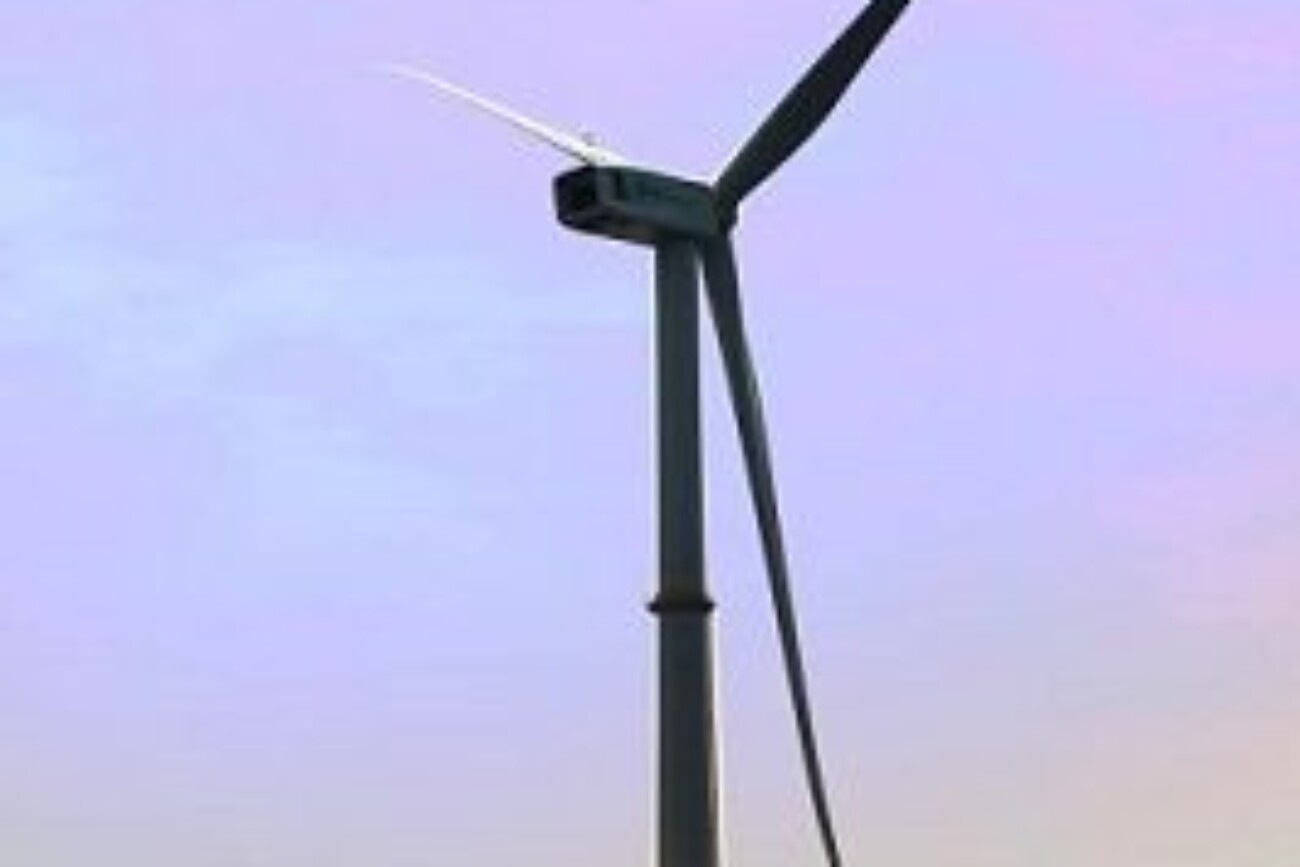Wind Energy in Japan
2022 wind energy numbers
As of the end of 2022, Japan’s wind power capacity will reach 4,802MW (see Figure 1). Most of the wind power introduced in Japan is onshore wind. The total number of wind turbines is 2,622, which will increase by 72 in 2022.
The single-year introduction amount in 2022 was 110% compared to 2021. One of the topics was the start of operation of Japan’s first large-scale commercial offshore wind farm. Specifically, 83.4MW of offshore wind increased in 2022. The country’s capacity factor (average national capacity factor) in 2022 was 21.5%, and the proportion of wind power in Japan’s total electricity supply and demand was 1.0%. These numbers were almost the same as in 2021. In research and development, the National Research and Development Corporation New Energy and Industrial Technology Development Organization (NEDO) is conducting national projects to promote offshore wind power with the aim of reducing the cost of offshore wind power. The Green Innovation Project (GI project), which started in 2021, is progressing in earnest, and concrete results are beginning to appear. The results are monitored by a third-party committee, which confirms the results and provides advice to project implementation companies.
To learn more about wind energy in Japan, please review their chapter in the IEA Wind TCP 2022 Annual Report.
National Targets
The Japanese government has established the “GI Fund” at NEDO. This is to create a “virtuous cycle of economy and environment’’ toward the 2050 carbon-neutral goal. When companies, etc. carry out long-term initiatives with an eye toward social implementation in priority areas for which implementation plans have been formulated in the Green Growth Strategy, which is an industrial policy, it is important to continue from research and development and demonstration to social implementation. NEDO supports this. (See Reference 1). Offshore wind power is one of the priority areas, and implementation is in line with the offshore wind industry vision discussed by the public-private council for strengthening the industrial competitiveness of offshore wind power, and the technology development roadmap drawn up by the public-private council and NEDO. The government has approved a publicly solicited occupancy plan submitted by a business operator selected through a public solicitation for the promotion area off the coast of “Goto City, Nagasaki Prefecture”, which is graded “Offshore renewable energy power generation facility development promotion area” based on the Renewable Energy Sea Area Utilization Act, in April 2022. In addition, in the same way, for “Oki of Noshiro City, Mitane Town, and Oga City, Akita Prefecture”, “Oki of Yurihonjo City, Akita Prefecture”, and “Oki of Choshi City, Chiba Prefecture”, each submitted by business operators selected through public recruitment. The publicly solicited occupancy plan has been approved (December 2022). As a result, the schedule for applying for FIT certification and commencing onshore and offshore construction has begun.
Progress & Operational Details
Japan installed 233 MW of new wind power capacity in 2022. Cumulative wind power capacity at the end of 2022 reached 4,802 MW with 2,622 turbines. Of this, offshore wind power capacity was 135MW. Offshore wind increased by 83.4MW compared to 2021. This is because full-scale commercial wind farms in Japan have started operating (Figure 2). Commercial offshore WF operations are scheduled to begin in the future. In 2022, the total amount of electricity generated by wind power generation was approximately 8.83TWh, or 1.01% of the national electricity demand of 872.2TWh.
Matters Affecting Growth and Work to Remove Barriers
A ”Green Growth Strategy’’ was formulated to support Japan’s “2050 Carbon Neutrality’’, and the “GI Fund’’ was established at NEDO in connection with this Green Growth Strategy. Project proposals for research plans and social implementation using GI funds for offshore wind power were received from companies in line with the roadmap submitted by NEDO at a public-private council. An important outcome is that many concrete projects were proposed through close communication between the public and private sectors. The projects selected from among these will realize the development of wind-related elemental technologies identified from the perspective of strengthening industrial competitiveness and reducing costs. Also, due to the “ the Act of Promoting Utilization of Sea Areas in Development of Power Generation Facilities using Maritime Renewable Energy Resources “ established by the government, progress is being made in realizing windfarm that has gained the understanding of local communities and wind power industry, in the “Ocean Renewable Energy Power Generation Facility Development Promotion Area”.
